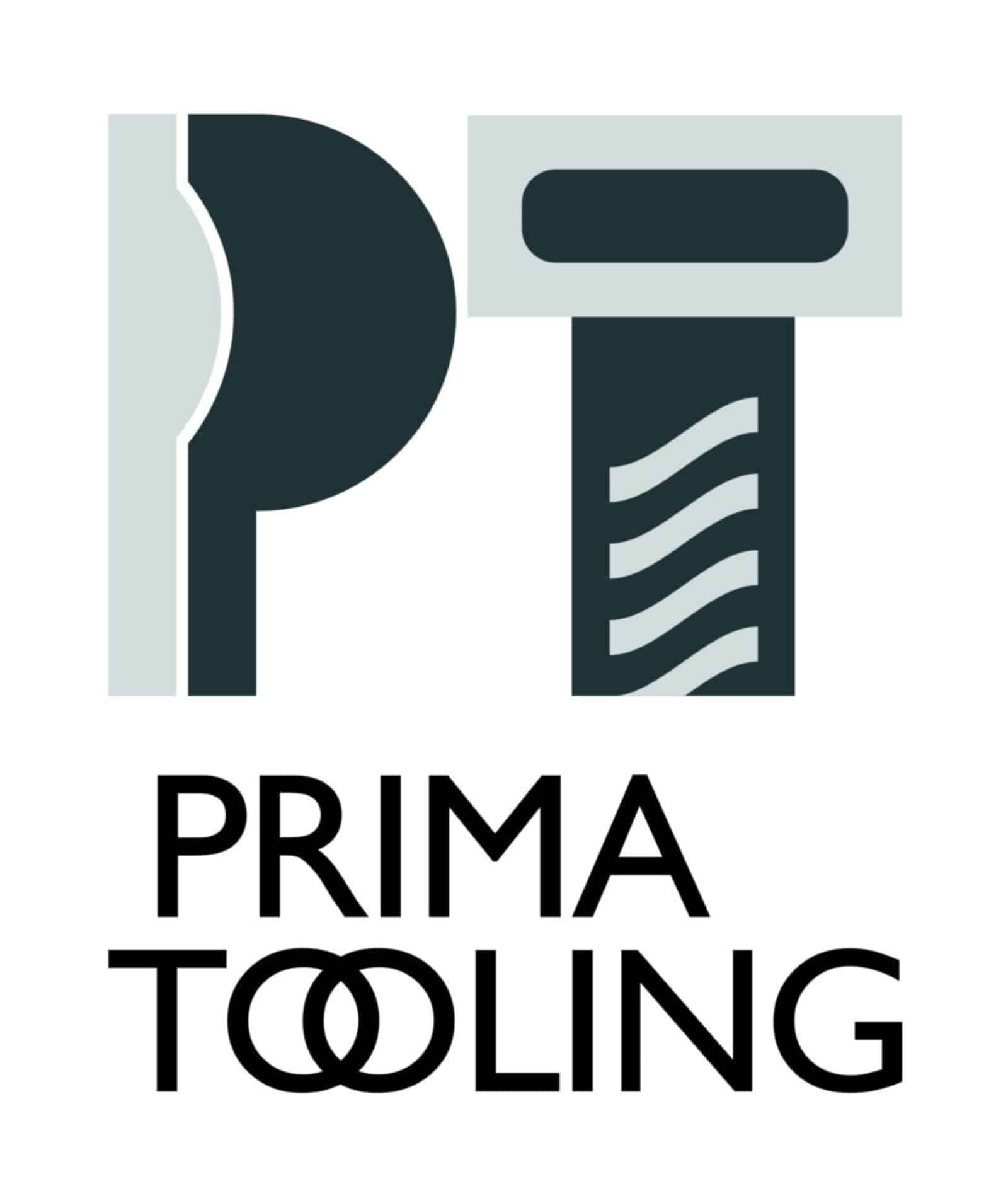CNC router cutters are essential tools in precision manufacturing. Their performance directly influences the quality of your work, whether you’re crafting delicate patterns or shaping robust components. Keeping these tools in optimal condition is a task that demands attention, just like maintaining a well-tuned car engine to ensure smooth driving. Without the proper care and attention, the efficiency and precision of CNC router cutters can diminish over time. This makes troubleshooting a necessary skill for anyone using these tools regularly.
People often encounter the challenge of dealing with dull edges, unexpected tool breakage, or slight inaccuracies that can disrupt workflow. Fortunately, learning to troubleshoot these issues effectively can save both time and resources. By understanding common problems and their causes, you can prevent potential setbacks and maintain the high quality of your output.
Common Issues with CNC Router Cutters
When it comes to issues with CNC router cutters, there are a few regular culprits that users encounter. Understanding these can help you spot and avoid them before they disrupt your work.
– Dull Edges: A frequently faced issue is the dulling of cutter edges. This often happens when the tool is used continuously without proper maintenance or when it’s cutting harder materials without appropriate cooling or lubrication. Dull edges result in inefficient cutting and can put extra strain on the machine.
– Tool Breakage: Breakages are not only frustrating but can also be costly. Misalignment, incorrect settings, or using the wrong type of cutter for a particular material can lead to fractures or complete breakage of the tool.
– Inaccurate Cuts: This problem is often linked to issues like tool deflection, improper fixture alignment, or wear and tear on the cutter itself. Inaccuracies can lead to substantial waste and may require redoing parts, impacting productivity.
Recognising the symptoms of these issues early on allows you to take corrective action before they lead to significant downtime. Maintaining a routine check-up for wear and tear, ensuring the tools are correctly aligned, and using the right cutter for specific tasks are all part of good practice.
Diagnosing and Fixing CNC Router Cutter Problems
After recognising common issues with CNC router cutters, it’s important to know how to diagnose and address them effectively. Here’s how you can keep things running smoothly by tackling these challenges head-on.
Start by examining the cutter for any visible signs of wear or damage. Look for chips, cracks, or uneven edges, which can cause performance issues. If dulling is a problem, sharpening or replacing the cutter might be necessary. Also, check for proper alignment. Misalignment can lead to inaccurate cuts, tool strain, and further damage. Ensuring the tool is correctly positioned in the machine helps to avoid many headaches down the line. If calibration is needed, follow the manufacturer’s guidelines to realign the cutter precisely.
Pay attention to the sound of the machine. Unusual noises often indicate trouble. High-pitched squeals or grinding sounds could mean it’s time for maintenance. Finally, observe the quality of the cuts. Poor finishes might suggest an underlying issue that requires immediate attention.
Best Practices for Preventing Problems
To reduce the likelihood of encountering issues, adopting best practices in CNC router maintenance is key. By taking these proactive steps, you safeguard your tools and the quality of your work.
– Regular Maintenance: Implement a regular cleaning routine for your machine. Removing dust, debris, and buildup ensures optimal performance.
– Choose the Right Cutter: Different materials demand different cutters. Selecting the appropriate one for the material at hand prevents unnecessary tool wear and enhances precision.
– Proper Storage: Store your cutters properly to protect them from unnecessary damage. Use protective cases or racks to prevent their edges from coming into contact with other surfaces.
When to Seek Professional Help
Sometimes, despite your best efforts, problems persist or seem too complex to handle on your own. Recognising when to seek expert assistance is crucial.
If recurrent issues arise despite regular maintenance, it’s a good time to call in a specialist. Experienced professionals can diagnose and fix problems more comprehensively. They have the expertise to handle complex alignment and calibration tasks that might not be manageable without specialised equipment. Additionally, engaging professionals for periodic check-ups can enhance the longevity of your tools and improve overall productivity.
Wrapping Up Your Troubleshooting Journey
By mastering the art of troubleshooting CNC router cutters, you ensure your operations run smoothly and efficiently. Addressing common issues promptly and implementing preventive practices can significantly minimise downtime. Remember, investing time in maintenance not only extends the lifespan of your cutters but also guarantees consistent, high-quality performance.
Approaching CNC router maintenance with diligence pays off. Keeping tools in top shape requires a blend of routine checks, keen observation, and occasionally relying on experts. These efforts allow you to focus on what truly matters—producing precision-crafted results with confidence.
Keep your CNC router cutters performing at their best by investing in high-quality products from Prima Tooling. Discover the range of cutting-edge solutions designed for precision and reliability, like our top-notch PCD compression router cutters, which ensure smooth operation and excellent results for any project. Explore our range of CNC router cutters to elevate your manufacturing process today.
